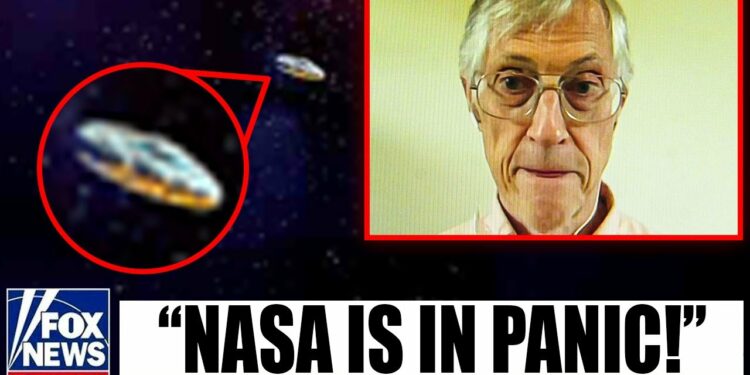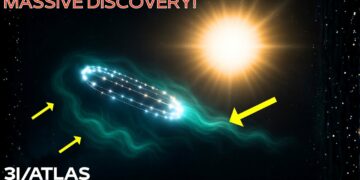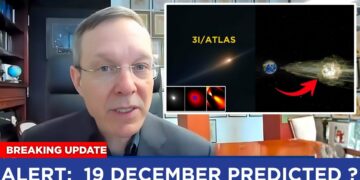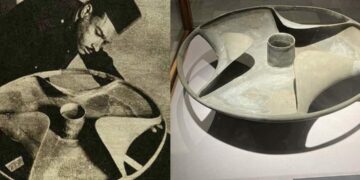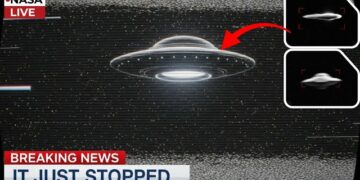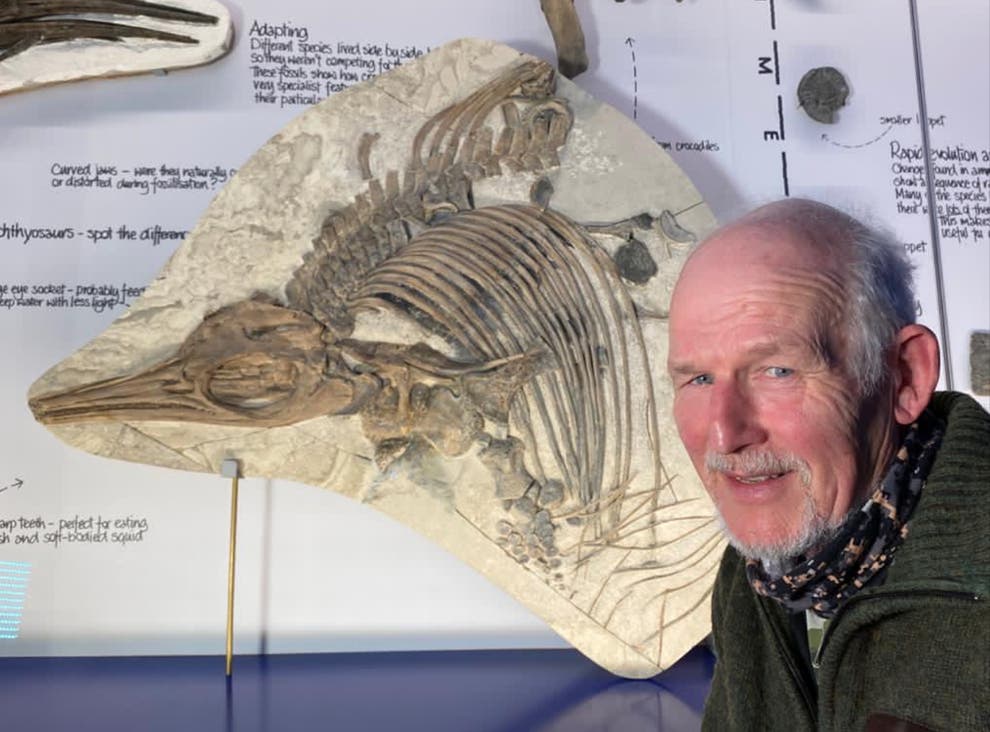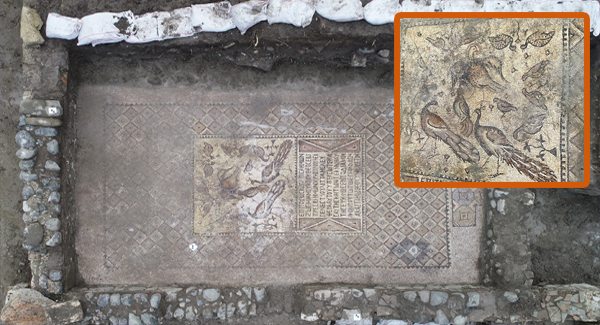NASA reports that Voyager 1, the farthest human-made object in the universe, is once again sending usable data to Earth after months of transmitting gibberish. Launched in 1977 to explore the outer planets, this iconic spacecraft has traveled farther than any other human-made object, continuing to astonish scientists with groundbreaking discoveries after 45 years. Recently, a Nobel laureate revealed that Voyager 1 is sending back data that was previously thought impossible, potentially holding the key to unraveling deep space mysteries.
The Grand Tour: A Rare Planetary Alignment
The Voyager missions capitalized on a rare planetary alignment occurring once every 176 years, allowing a single spacecraft to visit Jupiter, Saturn, Uranus, and Neptune using gravity assists. Known as the Grand Tour, this opportunity was identified in the early 1970s but faced challenges due to cost and technological limitations. Initially, elaborate plans involved multiple spacecraft, but these were streamlined into the two Voyager missions, a more feasible approach given the available resources.
The alignment enabled gravity assists, where each planet’s gravitational pull boosted the spacecraft’s speed, reducing the need for massive fuel reserves. Voyager 1, launched on September 5, 1977, followed a faster trajectory to Jupiter and Saturn, while Voyager 2, launched earlier on August 20, 1977, took a slower path that allowed visits to Uranus and Neptune. Precise calculations and NASA’s Deep Space Network ensured accurate navigation, with minor engine burns adjusting the spacecraft’s paths. This alignment enabled a decade of planetary science and set Voyager 1 on a course toward interstellar space, while Voyager 2 became the only spacecraft to visit Uranus (1986) and Neptune (1989).
Innovative Spacecraft Design
Voyager 1 and Voyager 2, nearly identical in design, are roughly the size of a small car, equipped with a large dish antenna and instrument booms. Built to withstand harsh space conditions, they feature cameras, magnetometers, plasma detectors, and cosmic ray detectors. Their power comes from radioisotope thermoelectric generators (RTGs), using plutonium-238 decay to generate electricity, essential for operating far from the Sun where solar panels are ineffective. Though power output declines over time, careful management has kept core instruments active.
The spacecraft maintain communication with Earth via the Deep Space Network, despite signals now taking over 20 hours to travel one way. Redundant systems, such as backup thrusters and computers, and software updates have ensured longevity. Each Voyager also carries a golden record, a 12-inch gold-plated disc with sounds, images, and greetings from Earth, intended as a message for any extraterrestrial finders.
The Jupiter Encounter
Voyager 1 and Voyager 2 reached Jupiter in March and July 1979, respectively, revealing stunning details about the gas giant. They discovered intense volcanic activity on Io, a moon heated by tidal forces, and a smooth, ice-covered surface on Europa, suggesting a subsurface ocean. The spacecraft captured images of the Great Red Spot, a massive storm, and revealed Jupiter’s faint ring system, previously unknown. These findings reshaped our understanding of Jupiter’s atmosphere, moons, and radiation belts.
Saturn and Titan
Voyager 1 arrived at Saturn in 1980, followed by Voyager 2 in 1981. Their high-resolution images showed Saturn’s rings as complex structures of particles, ringlets, and gaps, influenced by shepherd moons. Voyager 1 closely studied Titan, Saturn’s largest moon, revealing a thick, hazy atmosphere rich in nitrogen and organic compounds, hinting at possible methane lakes (later confirmed). Other moons, like Mimas and Enceladus, displayed unique geological features. Voyager 1’s trajectory was adjusted for a close Titan flyby, preventing further planetary visits, while Voyager 2 continued to Uranus and Neptune.
Uranus and Neptune: Voyager 2’s Historic Flybys
Voyager 2 remains the only spacecraft to visit Uranus (1986) and Neptune (1989). At Uranus, it uncovered a complex ring system, 10 new moons, and a misaligned magnetic field. The moon Miranda displayed a chaotic surface with canyons and scarps. Neptune revealed a dynamic atmosphere with a Great Dark Spot and active clouds, faint rings, and geysers on its moon Triton, which orbits retrograde, suggesting it was captured. These flybys provided critical data on ice giants, their compositions, and their unique magnetic fields.
Into the Heliosphere and Beyond
After Neptune, Voyager 2 entered the Kuiper Belt, while Voyager 1, post-Saturn, headed toward interstellar space. The heliosphere, shaped by the solar wind, includes the termination shock, heliosheath, and heliopause. Voyager 1 crossed the termination shock around 94 AU (astronomical units) in the late 2000s and entered interstellar space in 2013, confirmed by plasma density changes. Voyager 2 followed in 2018 at about 84 AU. These crossings revealed a turbulent heliosheath and an irregular heliopause, refining our understanding of the solar system’s boundary with the galaxy.
The Voyagers’ data on cosmic rays, plasma, and magnetic fields continue to inform models of the heliosphere’s shape and its role in shielding the solar system from galactic radiation. Their enduring mission, powered by RTGs and robust engineering, stands as a testament to human ingenuity, delivering decades of scientific discovery from a once-in-a-lifetime cosmic opportunity.

